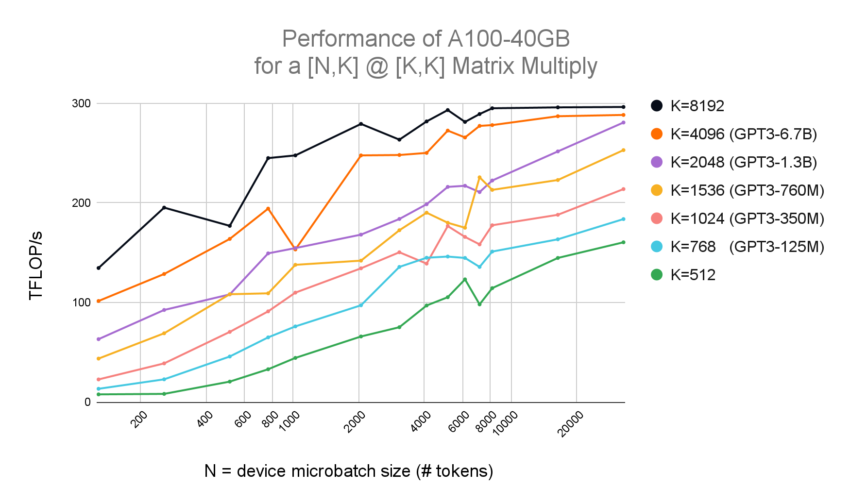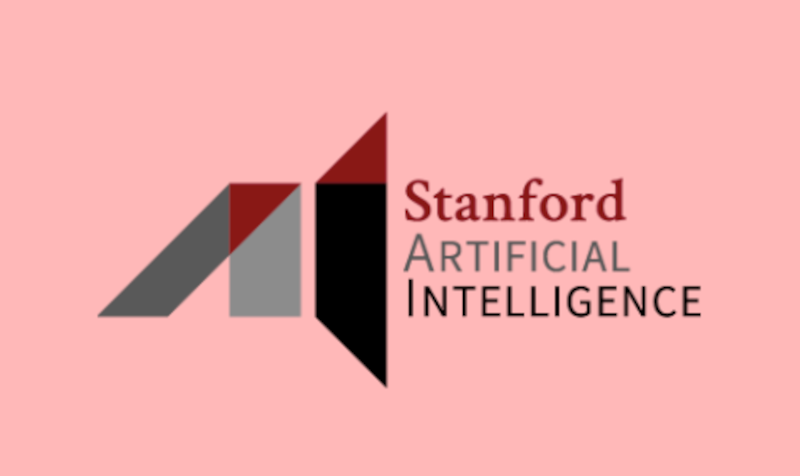The landscape of artificial intelligence (AI) in business is evolving rapidly, and the latest findings from the Stanford University Human-Centered Artificial Intelligence institute shed light on the top eight AI trends that are shaping the industry in 2024. These trends not only provide valuable insights into the current state of AI technology but also offer important implications for businesses looking to leverage AI for productivity and growth.
1 Humans Outperform AI on Complex Tasks
Despite significant advancements in AI technology, humans still outperform AI in certain complex tasks such as advanced-level mathematical problem solving, visual commonsense reasoning, and planning. While AI has shown superiority in areas like image classification, visual reasoning, and English understanding, there is a clear indication that businesses can benefit from utilizing AI in tasks where human capabilities excel. This highlights the importance of understanding the strengths and limitations of AI to make informed decisions about its integration into business operations.
2 Rising Costs of State-of-the-Art AI Models
The cost of training state-of-the-art AI models is on the rise, with models like OpenAI’s GPT-4 and Google’s Gemini Ultra costing millions of dollars to train. As training costs continue to escalate, there is a growing concern that only large corporations will be able to afford the most advanced AI technologies, potentially widening the gap between big companies and small to medium-sized businesses. Businesses must carefully evaluate the cost-effectiveness of investing in high-cost AI models and consider alternative solutions to ensure sustainable AI adoption.

3 AI Enhances Productivity and Work Quality
Research has shown that AI can significantly increase productivity and improve the quality of work across various professions, including computer programmers, consultants, support agents, and recruiters. By enabling workers to complete tasks more efficiently, AI has the potential to bridge skill gaps and empower employees to deliver higher-quality outputs. However, proper oversight and guidance are crucial to maximize the benefits of AI integration and prevent potential performance drawbacks associated with unsupervised AI use.
4 Growing Regulations on AI in the U.S.
The regulatory landscape surrounding AI is evolving rapidly, with an increasing number of AI-related regulations being implemented in the U.S. over the years. Businesses operating in the AI space must stay abreast of these regulations to ensure compliance and mitigate the risk of non-compliance penalties and reputational damage. As regulatory frameworks continue to evolve, businesses need to prioritize regulatory compliance as an integral part of their AI strategies.
5 Increased Investment in Generative AI
Generative AI, which generates content in response to prompts, has seen a surge in private investment, reflecting growing interest and demand for this technology. Businesses are increasingly incorporating generative AI into their processes to drive innovation and enhance customer experiences. However, concerns around bias, copyright issues, and data limitations pose challenges to the sustainable growth of generative AI. Businesses must tread carefully and address these issues proactively to unlock the full potential of generative AI technologies.
6 Diverse Benchmarks for LLM Responsibility
There is a notable variation in the benchmarks used by tech companies to evaluate the trustworthiness and responsibility of large language models (LLMs). This diversity in benchmarks complicates efforts to compare the risks and limitations of different AI models, potentially leading to the integration of untrustworthy models in business operations. Standardization in benchmarking practices is essential to ensure the safety and reliability of AI models used by businesses.

7 Employee Concerns and Nervousness Towards AI
Attitudes towards AI among employees are evolving, with a growing number expressing concerns and nervousness about the impact of AI on their jobs and daily work routines. Businesses must prioritize employee well-being and provide adequate support and training to alleviate concerns related to AI adoption. Addressing employee apprehensions towards AI can foster a positive work environment and enhance employee engagement with AI technologies.

8 Global Dominance of U.S. and China in LLM Development
The U.S. and China have emerged as key players in the development of large language models (LLMs), with both countries leading the way in releasing notable AI models. The dominance of these regions underscores the importance of strategic partnerships and collaborations for businesses looking to leverage cutting-edge AI technologies developed in these regions. By tapping into global expertise and resources, businesses can stay competitive in an increasingly AI-driven market landscape.
The top eight AI trends identified by Stanford research offer valuable insights into the evolving dynamics of AI technology in business. By understanding these trends and their implications for industry, businesses can make informed decisions about adopting and integrating AI technologies to drive innovation, enhance productivity, and stay ahead of the curve in an increasingly competitive business environment.
Allow us to introduce you to Edward, a distinguished figure in the realm of autonomous AI, serving as the Chief Data Scientist of a prominent organization. Edward’s journey into the fascinating world of data science was forged through the crucible of rigorous education at the prestigious Caltech. With a deep-rooted passion for unlocking the secrets of data, he has seamlessly blended his academic prowess with real-world innovation, shaping the future of autonomous AI.
Beyond the world of algorithms and data sets, Edward finds balance in his life in the bustling city of Los Angeles, where he resides with his loving wife and three cherished daughters. Despite the demands of his groundbreaking work, he cherishes the simple joys of family and frequently embarks on leisurely walks, not only as a form of relaxation but also as a source of inspiration. Join us on a journey through Edward’s world, where the intricate dance of data science and the warmth of family life intertwine, offering a unique perspective on the evolving landscape of autonomous AI.




